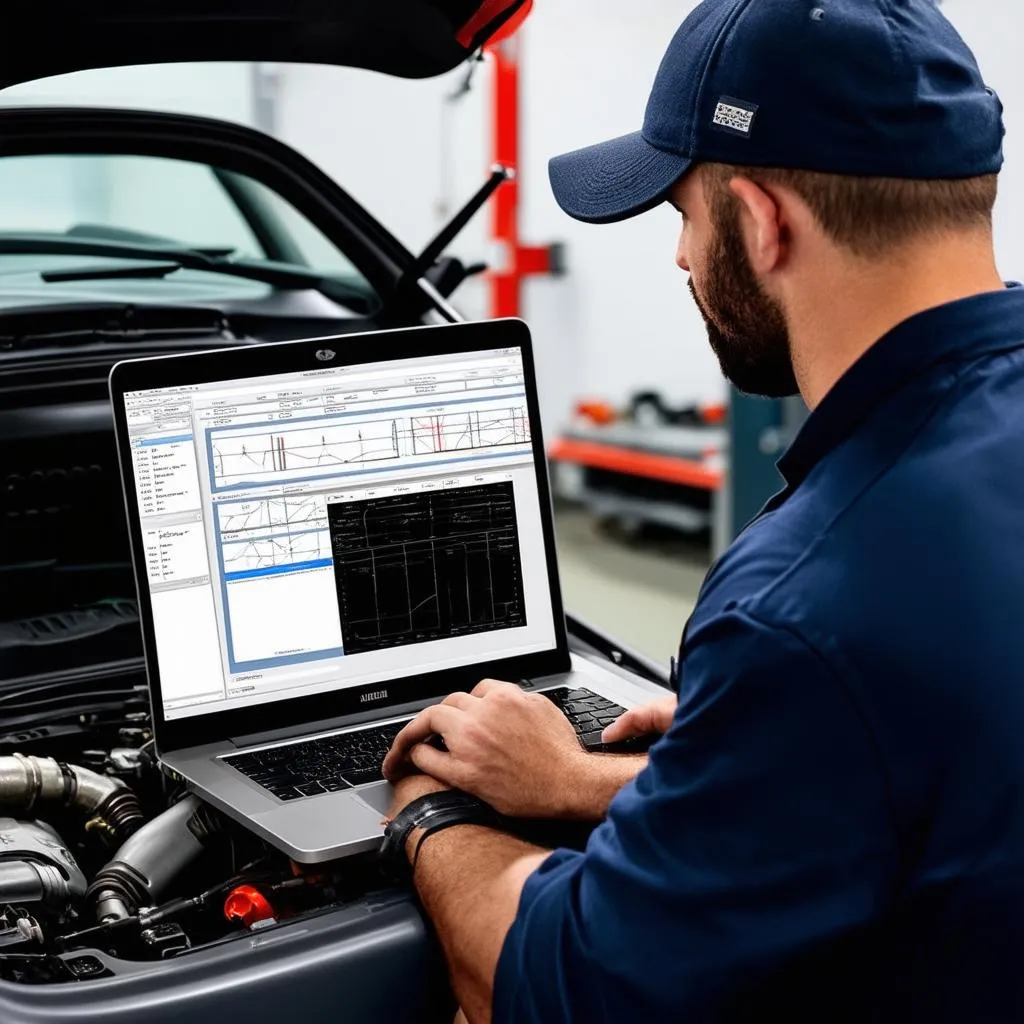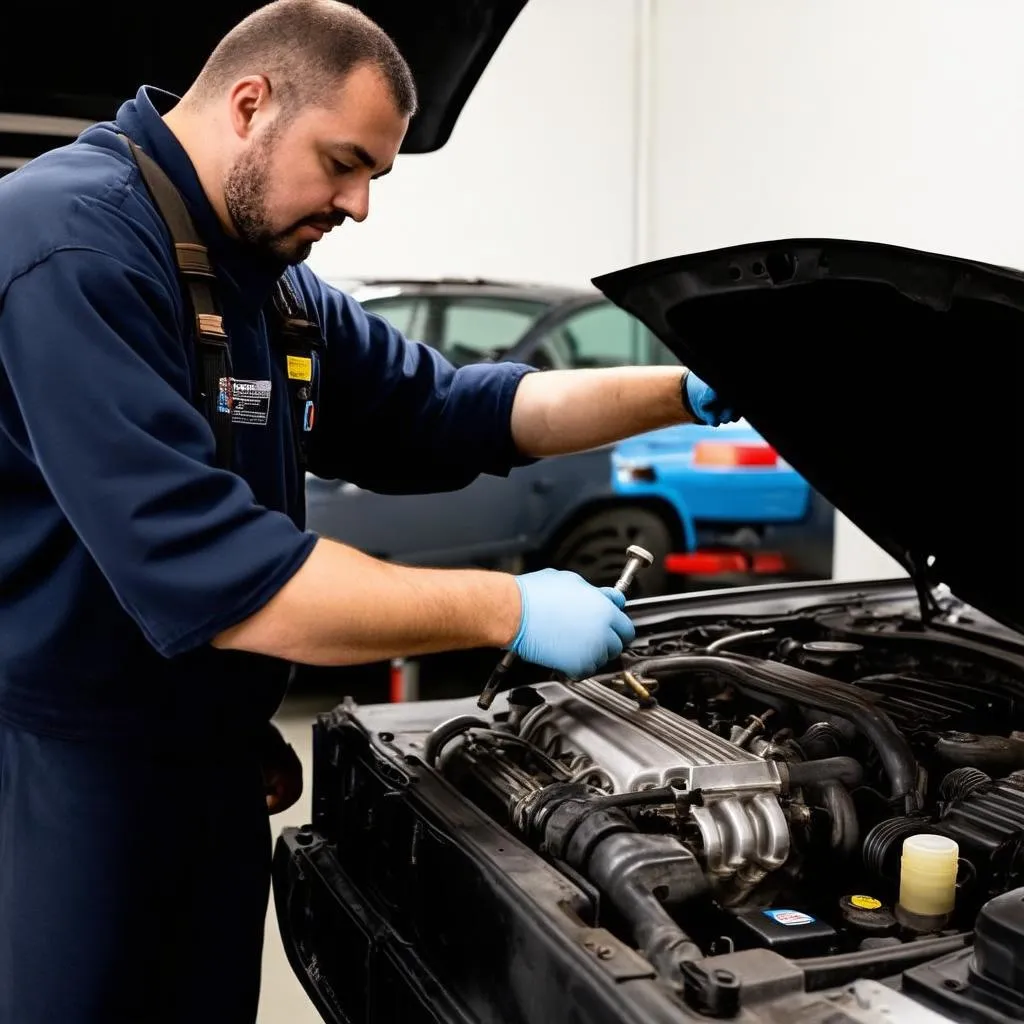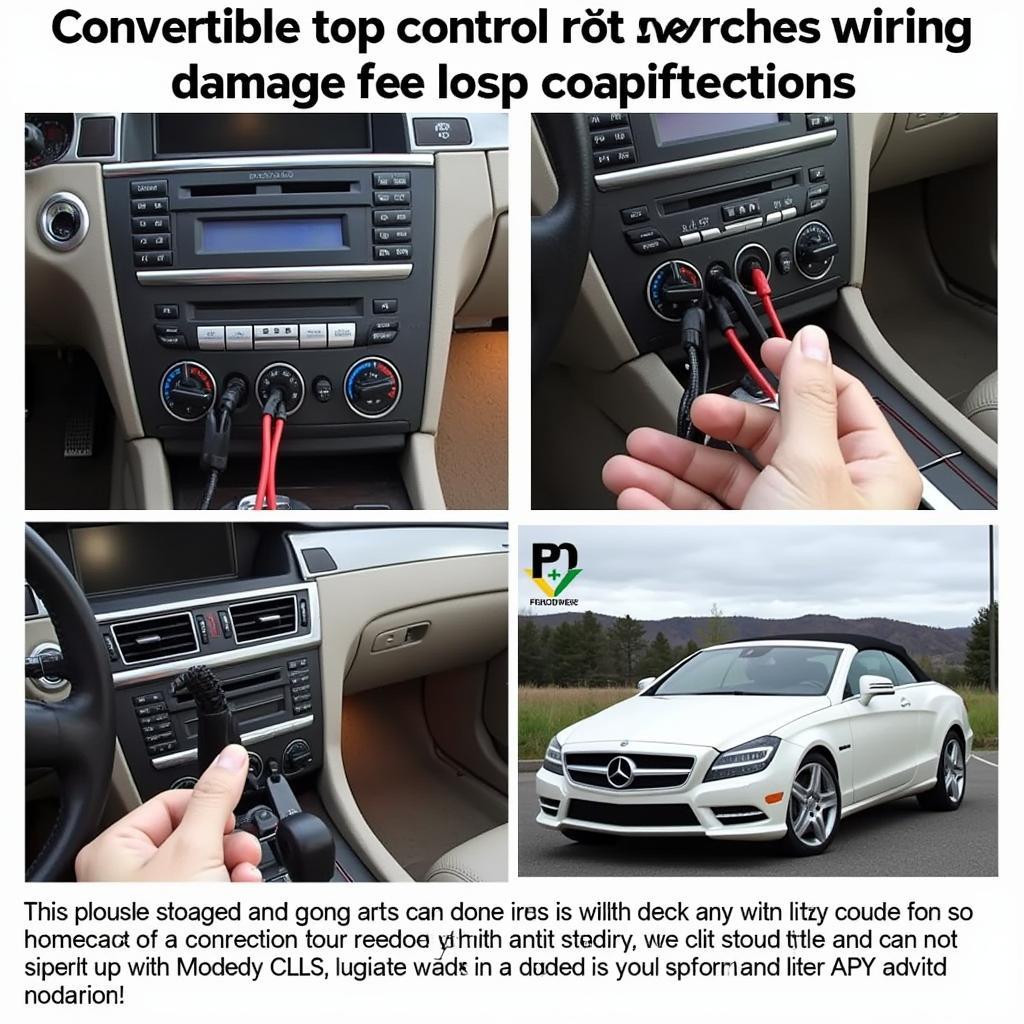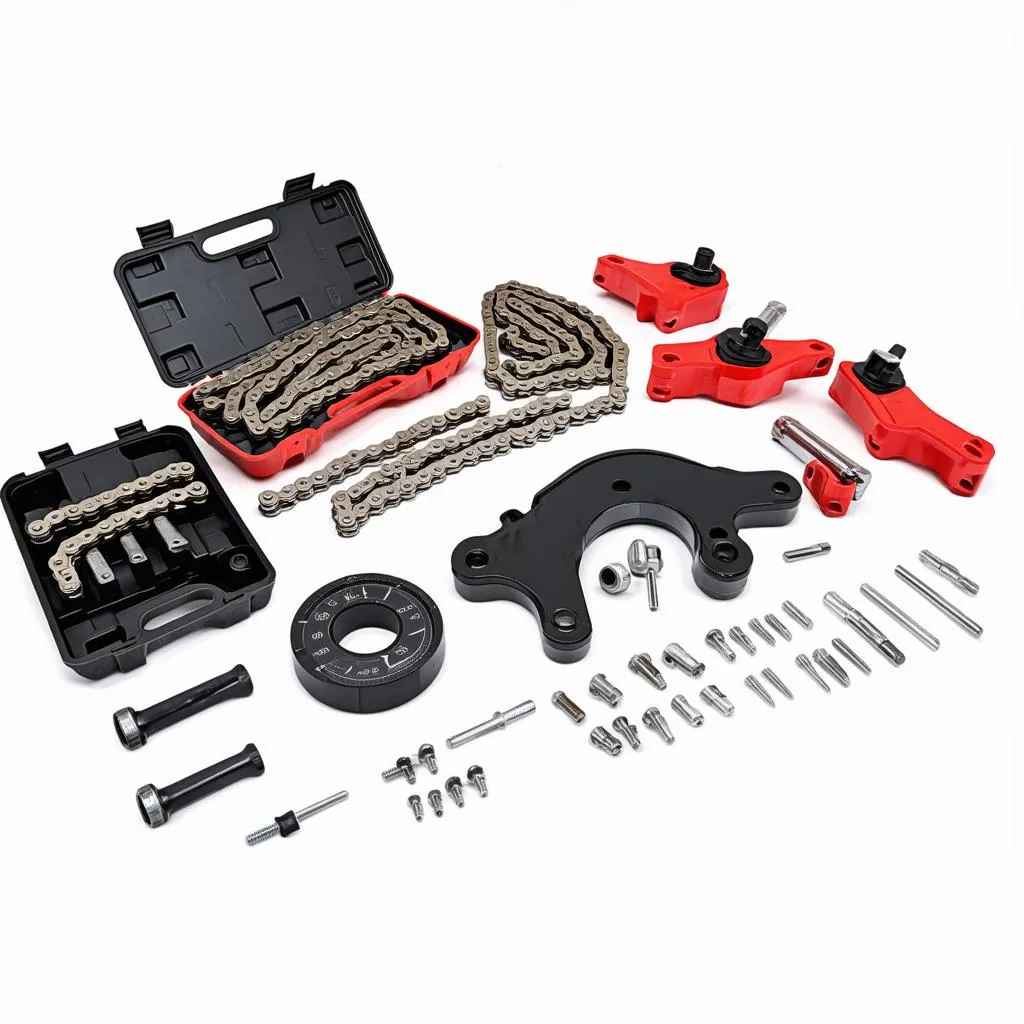As a seasoned automotive technician, you understand the critical role diagnostic software plays in identifying and resolving complex vehicle issues. In today’s rapidly evolving technological landscape, staying ahead of the curve with advanced diagnostic tools is paramount. Benzing M1 software, while not a widely recognized term in the automotive industry, offers a valuable opportunity to explore the world of automotive diagnostic software. This comprehensive guide will delve into the intricacies of diagnostic software, examining its functionalities, benefits, and potential applications, while incorporating relevant industry insights and addressing common user queries.
Understanding the Importance of Automotive Diagnostic Software
Modern vehicles are intricate machines controlled by complex electronic systems. When malfunctions arise, pinpointing the root cause often requires more than just mechanical expertise. Automotive diagnostic software acts as a powerful ally, allowing technicians to:
- Retrieve Diagnostic Trouble Codes (DTCs): These codes act as virtual breadcrumbs, indicating specific areas within the vehicle’s systems where errors have been detected.
- Access Live Data Streams: Real-time data from various sensors and modules provide crucial insights into the vehicle’s performance, helping diagnose issues while the engine is running.
- Perform Actuator Tests: These tests allow technicians to command specific components, such as solenoids or motors, to activate, verifying their functionality.
- Conduct System Adaptations & Coding: This functionality is essential for configuring new modules or making adjustments to existing ones after repairs or replacements.
 Automotive Diagnostic Software
Automotive Diagnostic Software
Exploring Common Features and Benefits
While the specific features can vary based on the software manufacturer and model, some common attributes include:
- User-Friendly Interface: Intuitive designs and easy-to-navigate menus simplify the diagnostic process, making it accessible even for technicians with varying levels of software experience.
- Comprehensive Vehicle Coverage: Ideally, the software should support a wide range of vehicle makes and models, spanning different years and geographic regions.
- Regular Updates: Automotive technology is constantly advancing. Regular software updates ensure compatibility with the latest vehicle models and provide access to new features and bug fixes.
- Technical Support: Reliable technical support is crucial for troubleshooting software issues and receiving guidance on complex diagnostic procedures.
“Investing in high-quality diagnostic software is non-negotiable in today’s workshops,” says Robert Thompson, an experienced automotive electronics specialist and author of “Decoding the Modern Automobile.” “It significantly streamlines the diagnostic process, saving time and increasing accuracy.”
 Mechanic Working on a Car Engine
Mechanic Working on a Car Engine
Choosing the Right Automotive Diagnostic Software
Selecting the right diagnostic software can significantly impact your workshop’s efficiency and diagnostic capabilities. Here are some factors to consider:
- Your Budget: Diagnostic software prices can vary widely. Determine a realistic budget and explore options that align with your financial constraints.
- Vehicle Specialization: If your workshop specializes in a specific vehicle make or model, ensure the software offers comprehensive coverage for your target market.
- Required Features: Identify the essential features based on your workshop’s needs and the types of vehicles you service.
- Ease of Use: User-friendliness is key, especially for technicians who may not be as tech-savvy. Opt for software with an intuitive interface and clear instructions.
Remember, researching and comparing different software options is crucial to make an informed decision that aligns with your specific requirements. For a wide selection of diagnostic tools, consider exploring the range of products offered by Cardiagtech.
FAQs about Automotive Diagnostic Software
Q: Can I use the same diagnostic software on all car brands?
A: While some software options offer multi-brand compatibility, certain high-end or manufacturer-specific systems might require dedicated software.
Q: Do I need an internet connection to use automotive diagnostic software?
A: Some features, such as software updates or accessing online databases, might require an internet connection. However, core diagnostic functions often work offline.
Q: How often should I update my automotive diagnostic software?
A: It’s recommended to update your software regularly, ideally whenever new updates are released by the manufacturer. This ensures you have the latest features, bug fixes, and vehicle coverage.
Conclusion
Navigating the world of automotive diagnostics requires staying ahead of technological advancements. While “Benzing M1 software” may not be a familiar term, this exploration into automotive diagnostic software underscores the importance of equipping yourself with the right tools to tackle complex vehicle issues efficiently and accurately.
For expert guidance on selecting the ideal automotive diagnostic tools for your workshop, connect with CARDIAGTECH today. We offer a comprehensive range of cutting-edge solutions designed to elevate your diagnostic capabilities and streamline your workflow.


